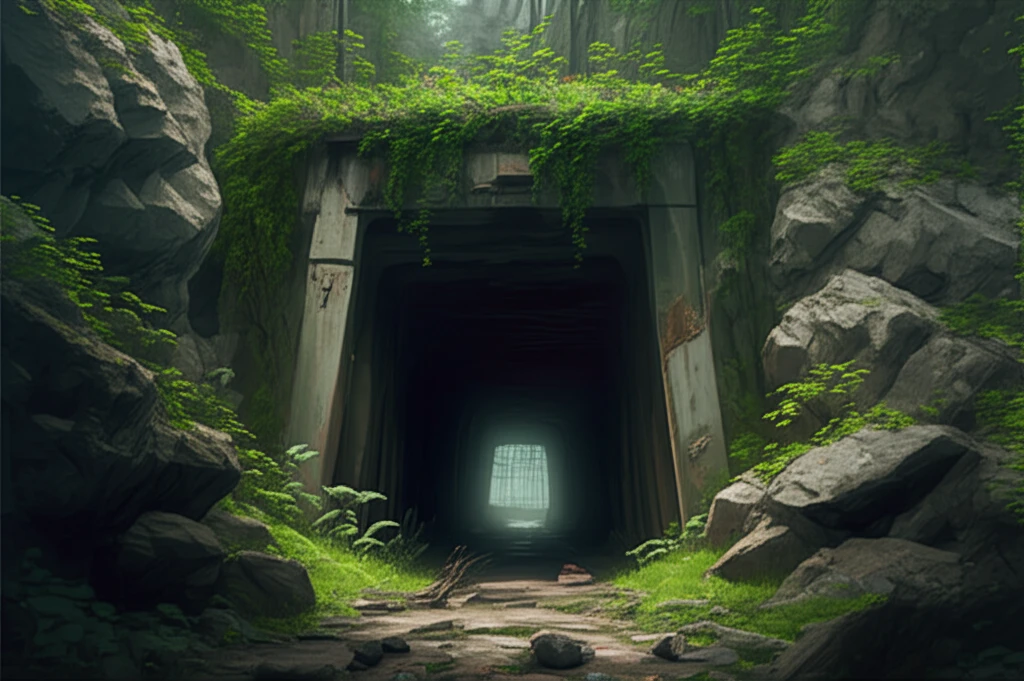
Unearthing the Past: How Abandoned Mines Reshape Landscapes and Spark New Life
"Discover the hidden world of montanogenic landforms, where historic mining sites evolve into unique ecosystems and reveal secrets of the earth."
Human activities have dramatically altered the planet, leaving indelible marks on our landscapes. Among these are anthropogenically-induced landforms, which, despite their origins, can evolve into unique ecosystems. Mining landscapes, in particular, present a fascinating case study of environmental transformation and resilience. While often viewed as hazards, these sites can become hotspots of geomorphic diversity and ecological succession.
In the Zlatohorská Highlands of the Eastern Sudetes, the Velké pinky stopes offer a compelling example of this phenomenon. These post-mining landforms, a legacy of historical mining operations, are undergoing natural revitalization. The result is a dynamic landscape characterized by rock walls, debris wedges, and unique geomorphic processes that stand in contrast to the surrounding terrain.
Recent studies have shed light on the long-term geoecological succession occurring within these stopes. This article delves into the genesis and geomorphic evolution of the Velké pinky stopes, exploring how these abandoned mines are being reshaped by natural forces and are becoming cradles of biodiversity. Understanding these processes offers valuable insights into landscape management and the potential for revitalizing disturbed environments.
From Mine to Marvel: Understanding the Transformation

Montanogenic landforms, like the Velké pinky stopes, are more than just relics of past industrial activity. They are dynamic systems where natural processes interact with human-altered terrain. Over time, these sites develop a distinct morphology, driven by factors such as deep-seated slope deformations, rockfalls, and ground subsidence. This creates a complex interplay of features, including:
- Rock Walls: Steep, exposed surfaces that provide unique microclimates and habitats.
- Debris Wedges: Accumulations of rock and soil that create varied topography and influence drainage patterns.
- Tension Cracks: Evidence of ongoing geological activity and potential instability.
- Areas of Ground Subsidence: Depressions and sinkholes that add to the topographic complexity.
Reclaiming the Future: Lessons from Abandoned Mines
The story of the Velké pinky stopes offers a powerful reminder that even seemingly damaged landscapes can be revitalized. By understanding the geomorphic processes at play and recognizing the ecological potential of these sites, we can develop innovative strategies for landscape management and environmental restoration. As society continues to grapple with the legacy of industrial activities, these lessons from abandoned mines can guide us toward a more sustainable and resilient future, and helps us reclaim not only the land, but our relationship with it as well.
